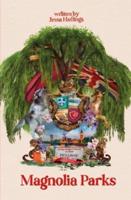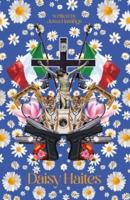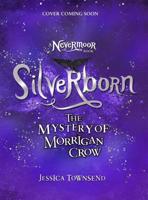Publisher's Synopsis
This historic book may have numerous typos and missing text. Purchasers can usually download a free scanned copy of the original book (without typos) from the publisher. Not indexed. Not illustrated. 1890 edition. Excerpt: ...who seek to simplify the art by cutting down the number, and therefore the variety, of the defensive movements. Backsword (Obs.). A sword with a broad back, edge, and short false edge, so called in contradistinction, to the "shearing " sword, which had both edges sharp from hilt to point; it was the favourite arm of the "gladiators" of the eighteenth century. Assault. Assaut (Fr.). Assalto (It.). 'The exercise with blunt weapons, representing in every respect a combat with sharps, in which we execute at will all the manoeuvres of the fencing lessons. (See Beat.) Basket. (See Bucket.) Originally this protection for the hand was made of wicker work, not only in England, but also, according to Diderot and Chatelain, in France, down to the early part of this century. Basket-hilt. A close sword-hilt, like that of the Highland broadsword. The term "half-basket," used to be applied to a hilt somewhat resembling that of the modern sabre. Battement (Fr.). Battuta (It.). Bayonet-fencing (Fr.). The art of attack and defence with the rifle and fixed bayonet, in which everything--point, edge, and butt--are brought into play. Beat. A light, lateral blow given to the opponent's weapon in order to force an opening. Bersaglio (It.). An opening. Binding. A method of forcing an opening, sometimes called "Flanconnade," where the opponent holds his sword horizontally and his arm straight, formed by opposing his foible in "quarte" with your forte, circling your blade round his, but without quitting it, and pressing his point to your right, your own sword assuming the position of "seconde" or "octave.' When, however, in attempting this bind, you find your forte opposed to his forte instead of his...






















